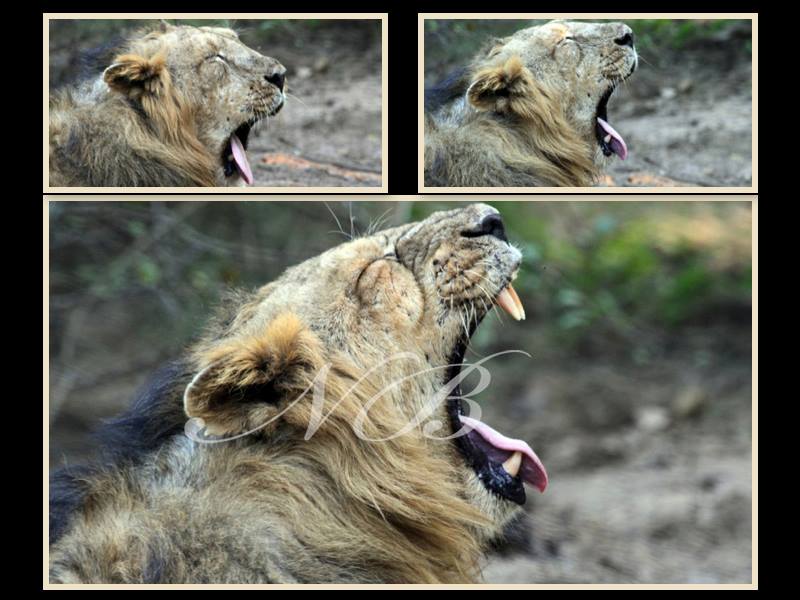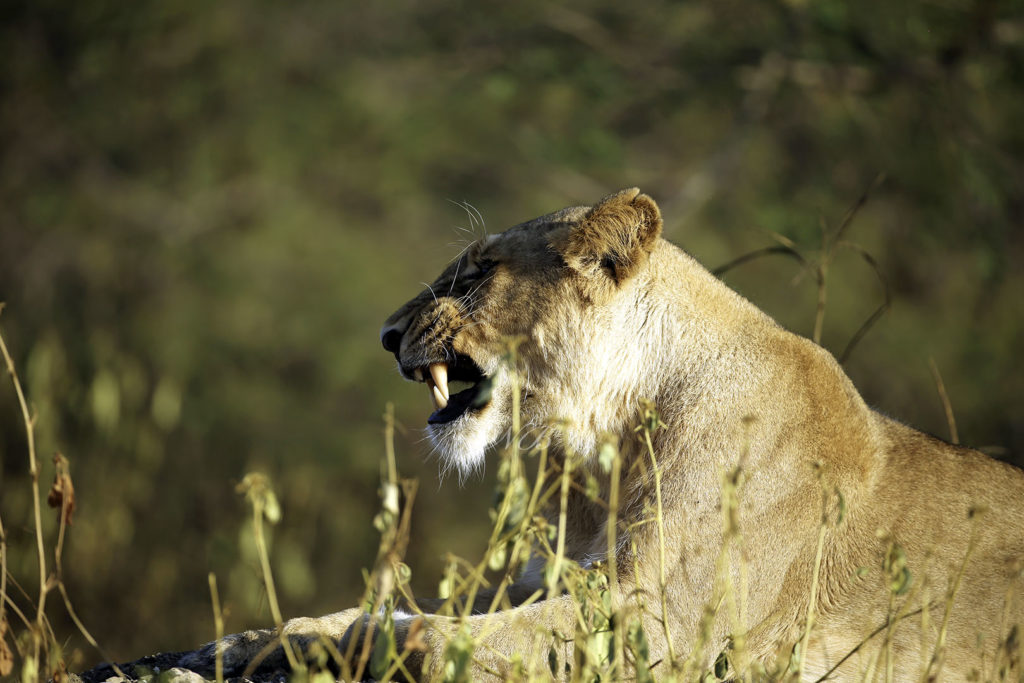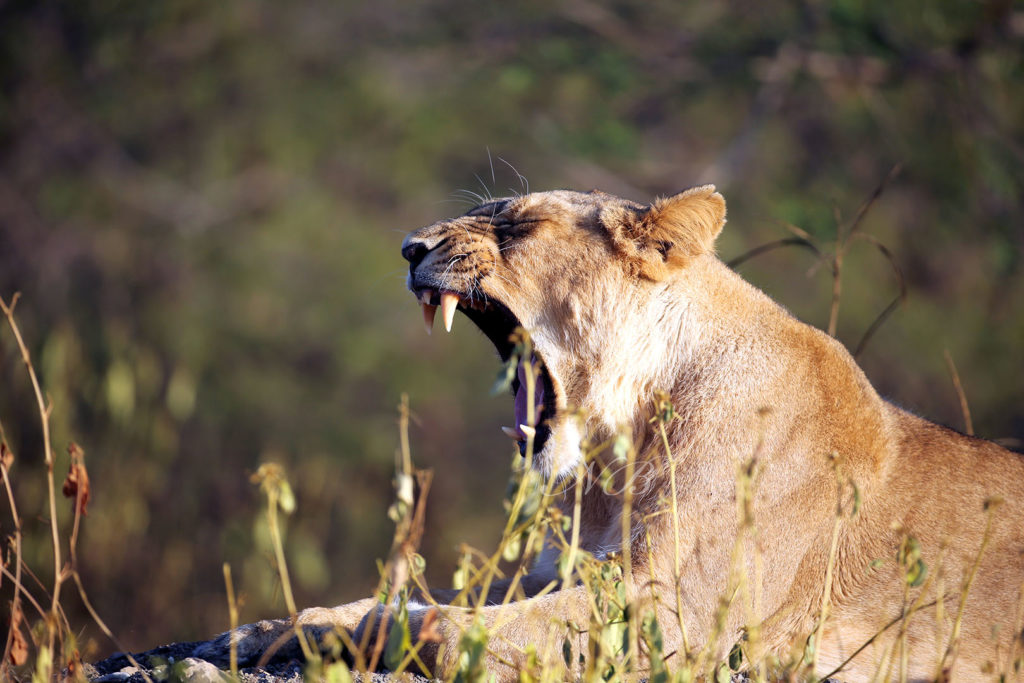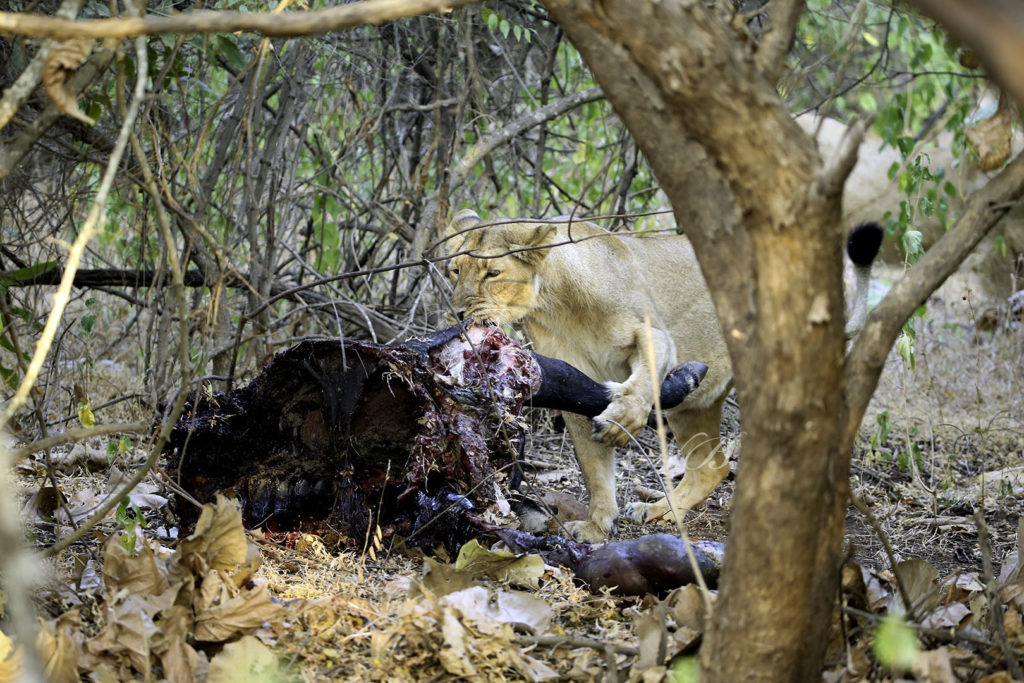- BY tictac
- POSTED IN Basic Elements of Photography
- WITH 0 COMMENTS
- PERMALINK
- STANDARD POST TYPE

Wildlife photography can be a tricky proposition because the subject matter is very seldom cooperative.
Common problems that wildlife photographers must deal with.
1-The Subject Gets Lost-A tiny speck of an animal in a vast vista doesn’t really accomplish the purpose of wildlife photography.
Solution-Avoid this situation by investing in a large telephoto lens so you can hang back at a safe distance and fill your frame with the animal interacting with the environment in a natural way.
2-Missing the Action– The problem, of course, is when the moment arrives, you frame the shot, and press the shutter button, only to realize that the camera took too long to focus. The result is usually an image taken the second or two after the perfect moment you’ve been waiting patiently to capture.

Solution-There are two easy ways to avoid this situation. First, learn to anticipate an animal’s movements and behavior. This will take a good deal of practice and observation of wildlife, but in time, you will be able to tell when something photo worthy is about to happen and click the shutter as it is happening.
Solution-The second way is to work in continuous shooting mode. This allows you to fire off several shots in rapid succession, which increases your chances of getting at least one decent shot.

3-Missing the animals– Still other times you might spend all day looking for an animal to photograph and come up empty handed. It is frustrating not see any wildlife to photograph. It’s a common mistake made, but especially by beginners – thinking that venturing into the forest will automatically ensure that there will be abundant wildlife to photograph.
Solution-Instead, you’ll need a strong measure of patience and be willing to work to find the animals you want to photograph. One of the best methods you can employ is to find a water source or food source and spend several hours there waiting for wildlife to come to you. This means you’ll need to do some research and learn more about the animal you want to photograph, including what they eat, what time of day they are most active. Armed with this information, you will be able to select an area in which the animal is likely to appear and get a much better picture.


